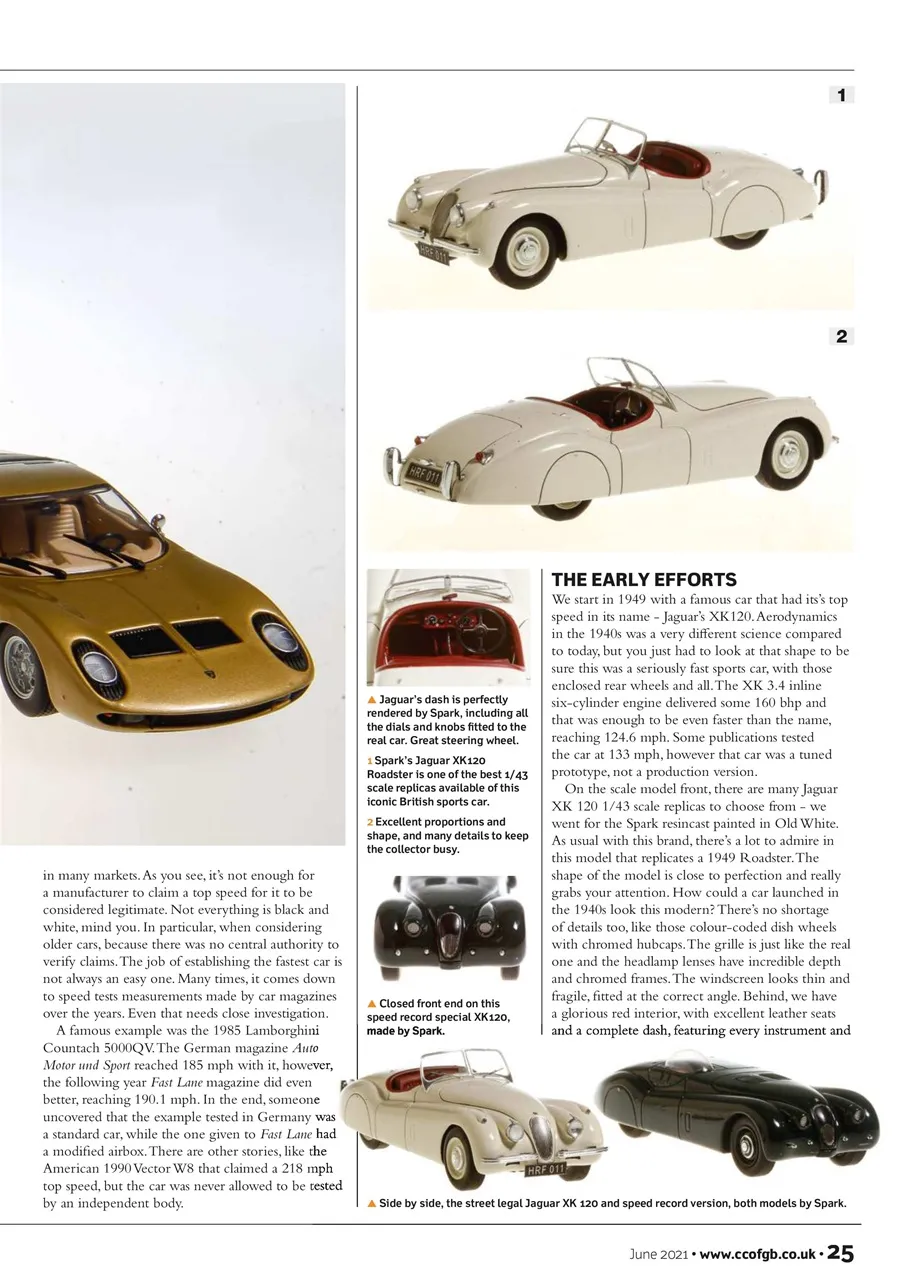Understanding Diecast Collectors Fairs
Diecast collectors fairs are vibrant marketplaces and social hubs for enthusiasts of miniature vehicles. These events bring together collectors, dealers, and hobbyists to buy, sell, and trade diecast models. They offer a unique opportunity to discover rare finds, expand collections, and connect with a community of passionate individuals. Attending a diecast fair is more than just a shopping experience; it’s an immersion into the world of diecast collecting, where the thrill of the hunt and the joy of discovery reign supreme. From classic cars to modern marvels, these fairs showcase a diverse range of models, scales, and manufacturers, appealing to collectors of all interests and experience levels. Knowing how to navigate these fairs is important, and that is where the tips come in.
Researching Upcoming Diecast Fairs
Before you head to a diecast collectors fair, thorough research is key. This preparation will help you make the most of your visit and maximize your chances of finding those coveted models. Knowing the dates, location, and any entry fees is the first step. Check for vendor lists to see who will be present. If there are any special events or auctions scheduled, make sure to familiarize yourself. Consider the fair’s reputation and any past reviews from attendees. Good planning will allow you to approach the fair with confidence and a clear strategy.
Where to Find Information
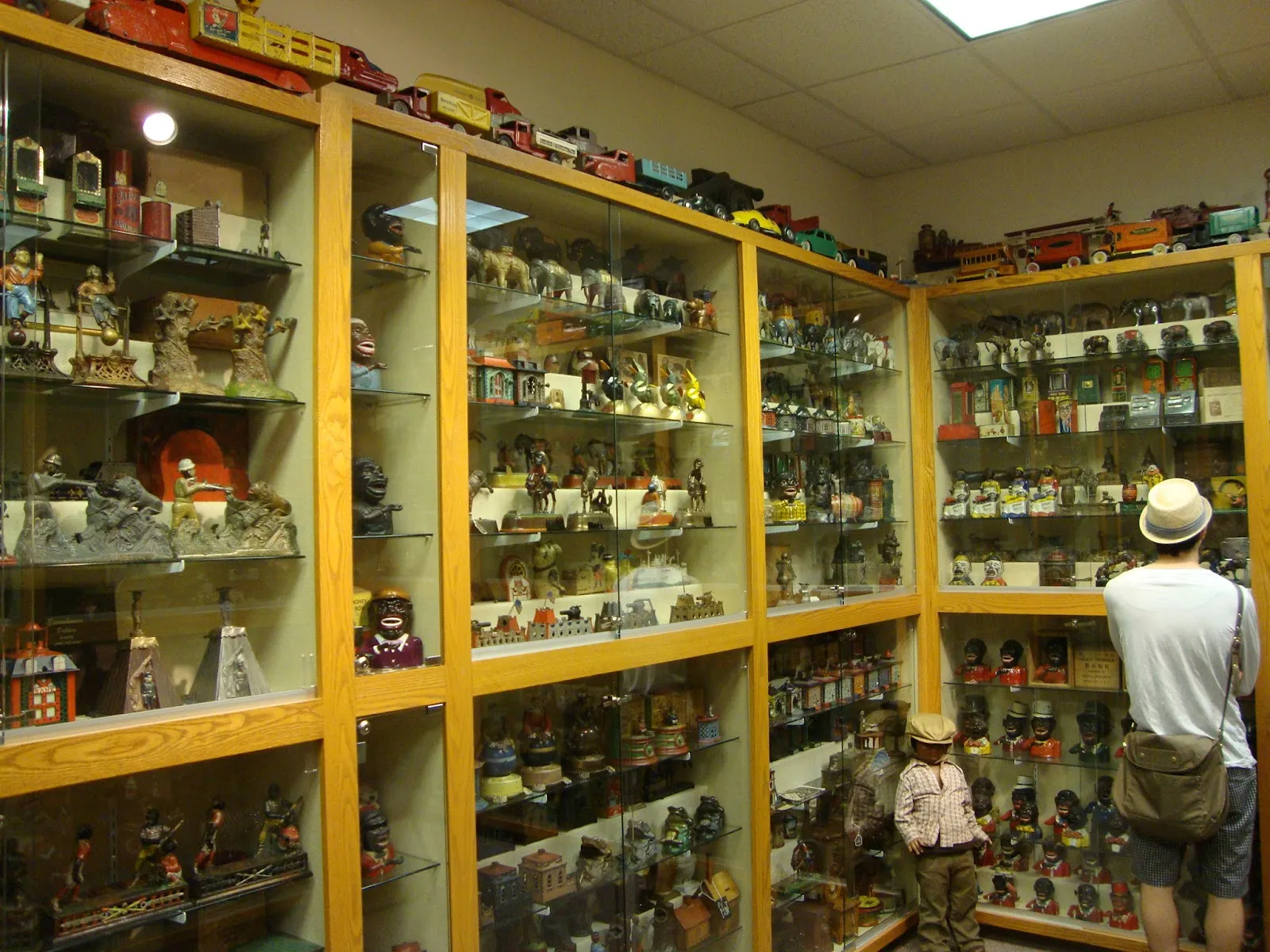
Information about diecast fairs can be found through various sources. Online, search on major search engines or social media platforms. Many fairs have their own websites or Facebook pages where they announce dates, locations, and vendor details. Collector forums and online communities are invaluable resources, as members often share upcoming events and insights. Local hobby shops and model car clubs are also great sources of information, as they may host or promote fairs in the area. Checking local event listings and newspapers can also uncover hidden gems.
Planning Your Visit
Effective planning will significantly enhance your experience at a diecast collectors fair. Decide in advance what you’re hoping to find. Create a list of models you are looking for and set a budget. Plan your route through the fair to cover all the vendors, especially those known for selling the types of models that interest you. Consider the fair’s layout to maximize your time efficiently. Arrive early for the best selection and to avoid the crowds, but also be prepared to stay for a while, as discovering hidden treasures often takes time. By planning your visit, you can focus on enjoying the event and not get overwhelmed by the sheer number of models and vendors.
Setting a Budget
Before stepping into a diecast collectors fair, it is important to establish a budget. Set a spending limit and stick to it, so you do not overspend. Determine how much you are willing to spend on each model or category of models. Prioritize your must-have items and allocate funds accordingly. Consider cash as the primary method of payment, so you can track your expenses better and avoid overspending. It is easy to get caught up in the excitement of the fair, so having a budget will keep you on track and help you avoid buyer’s remorse later. Remember, the thrill of the hunt should not come at the expense of your financial well-being.
Packing Essentials
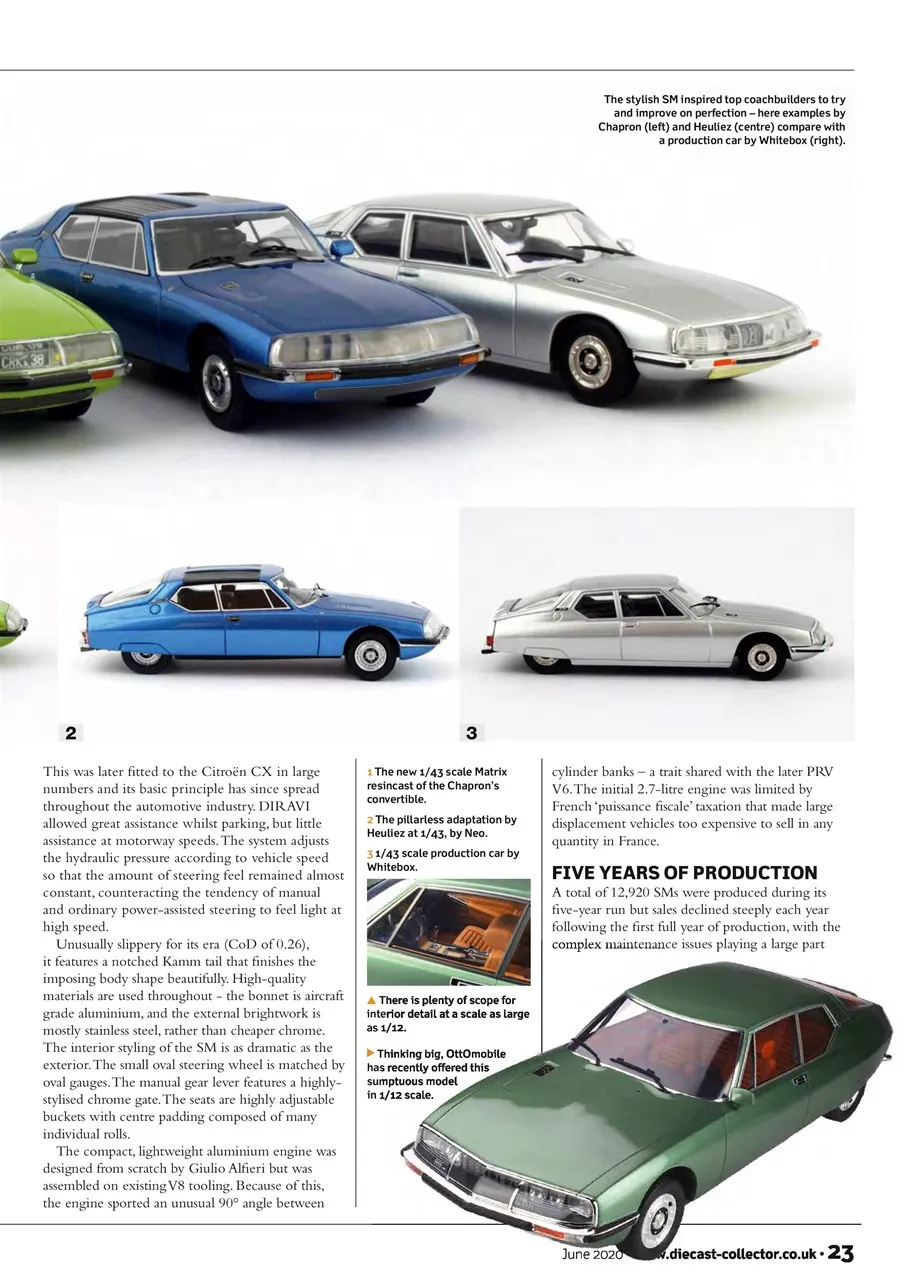
Pack strategically to ensure a comfortable and successful fair experience. Bring a shopping bag or a small cart to carry your purchases. Bring a magnifying glass and a small flashlight for examining models closely. Carry a notebook and pen to take notes on models or contact information of dealers. Bring some snacks and drinks to stay refreshed, especially if the fair is large or if you plan to spend several hours there. Wear comfortable shoes, as you’ll likely be doing a lot of walking. Don’t forget some cash, as not all vendors accept electronic payments. Packing these essentials will improve your comfort and effectiveness at the fair.
Negotiating Prices
Haggling is an accepted practice at diecast collectors fairs. Know the value of the models you are interested in and be prepared to negotiate prices. Begin by politely asking if the seller is open to offers. Start with a reasonable offer, slightly lower than your desired price, and be prepared to meet in the middle. Observe the seller’s body language and adjust your tactics accordingly. Be respectful, and be willing to walk away if you can’t agree on a price. Sometimes, dealers are more willing to negotiate if you are buying multiple models. Developing your negotiation skills will help you get better deals and enjoy the thrill of the hunt.
Knowing the Value
Understanding the value of diecast models is essential for smart buying and negotiating. Research prices beforehand. Check online marketplaces and auction sites to determine current market values. Consider the rarity, condition, and manufacturer of each model. Be aware that prices can fluctuate based on demand and availability. Use price guides and catalogs to help you assess the value of models. Knowing the value empowers you to make informed decisions and avoid overpaying. This knowledge allows you to spot deals and be a confident buyer at the fair.
Haggling Tactics
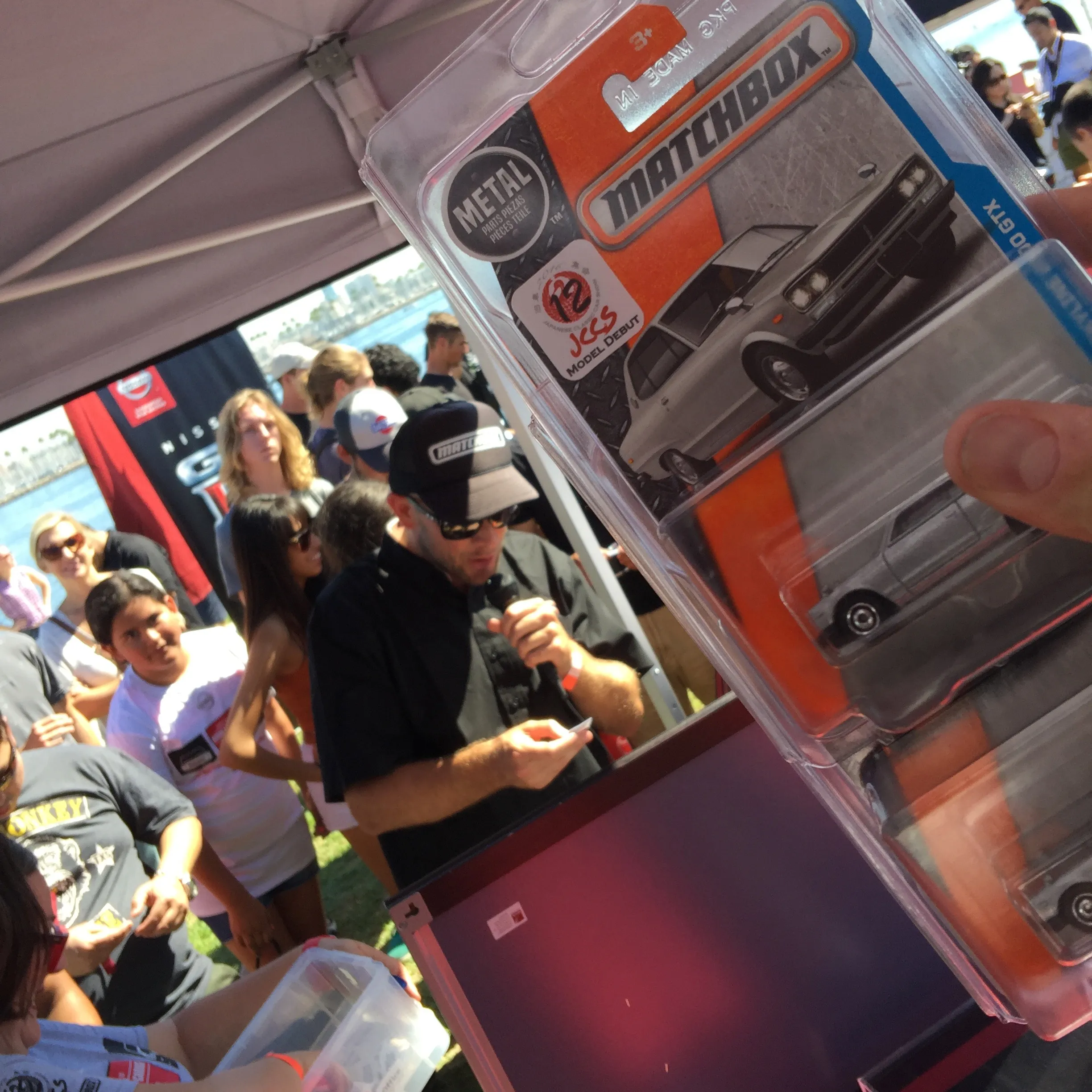
Effective haggling involves a combination of knowledge, strategy, and politeness. Approach negotiations with respect and a friendly demeanor. Start by asking questions about the model’s history or condition. Show genuine interest but avoid appearing overly eager. Present a lower offer and be prepared to justify your price based on condition or market value. Point out any flaws or imperfections, but do so respectfully. If the dealer isn’t willing to budge, you can make a final offer or be prepared to walk away. Sometimes, the dealer might be more flexible towards the end of the day. Always be polite, and remember that building a positive relationship can lead to future deals.
Examining Models Carefully
Thoroughly examining the diecast models is a crucial step in ensuring your purchase meets your expectations. Use a magnifying glass and a flashlight to check for any imperfections, scratches, or paint issues. Examine the model’s details, such as the wheels, windows, and interior, to ensure they are intact and in good condition. Check for any signs of previous damage or repairs. Take your time and don’t hesitate to ask the seller for permission to handle the model. Comparing the model to reference photos will help you ensure its authenticity. This meticulous examination will help you avoid disappointment and ensure you’re getting a quality model.
Checking for Damage
Carefully inspect the models for any damage. Look for missing parts, broken pieces, or signs of wear and tear. Examine the paint finish for scratches, chips, or bubbling. Check the wheels and axles to ensure they are straight and functional. Verify the windows and other transparent parts for cracks or clouding. Check for any evidence of previous repairs or modifications. Be thorough, as even minor damage can affect a model’s value and appeal. Any damage should be a factor in your negotiation, so be sure to point it out to the seller. By thoroughly checking for damage, you will not be disappointed after the purchase.
Authenticity Verification
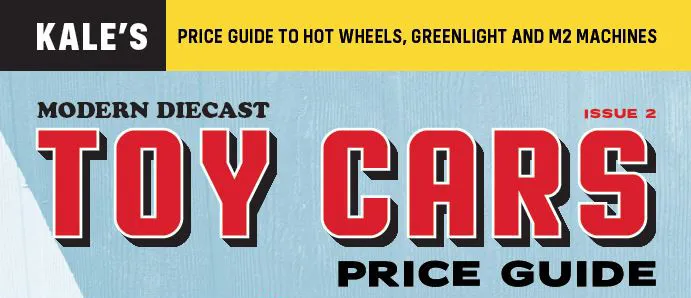
Verifying the authenticity of a diecast model is crucial, especially for rare or valuable items. Research the model’s manufacturer, year of production, and any specific markings. Check for any signs of tampering or alteration. Compare the model to known original examples, paying attention to details like paint color, decals, and features. If possible, request documentation or certificates of authenticity from the seller. Consider consulting with an expert if you have doubts about the model’s authenticity. Verify authenticity to ensure you are investing in a genuine piece and to protect yourself from counterfeits.
Building Relationships
Networking with dealers and collectors can greatly enhance your diecast collecting experience. Take the time to chat with the vendors at the fair. Exchange contact information and build relationships. Join collector groups and online communities. These connections can provide you with valuable information, leads on rare models, and opportunities to buy, sell, and trade. Attending the same fairs regularly will allow you to build familiarity with the dealers. Building these relationships will make the hobby more rewarding and enjoyable. The diecast community is very welcoming and enthusiastic, so don’t hesitate to introduce yourself and start building your network.
Networking with Dealers
Networking with dealers is an effective way to find great models, learn more about the hobby, and get insider information. Introduce yourself to the dealers and ask about their specialties and interests. Exchange business cards and contact information for future interactions. Express your interest in their inventory, and let them know what kinds of models you are looking for. Dealers often have access to models that aren’t yet on display, so building these relationships can provide you with early access to new arrivals. Remember to be courteous and respectful. Over time, these dealers can become trusted sources for models, information, and advice.
Joining Collector Groups
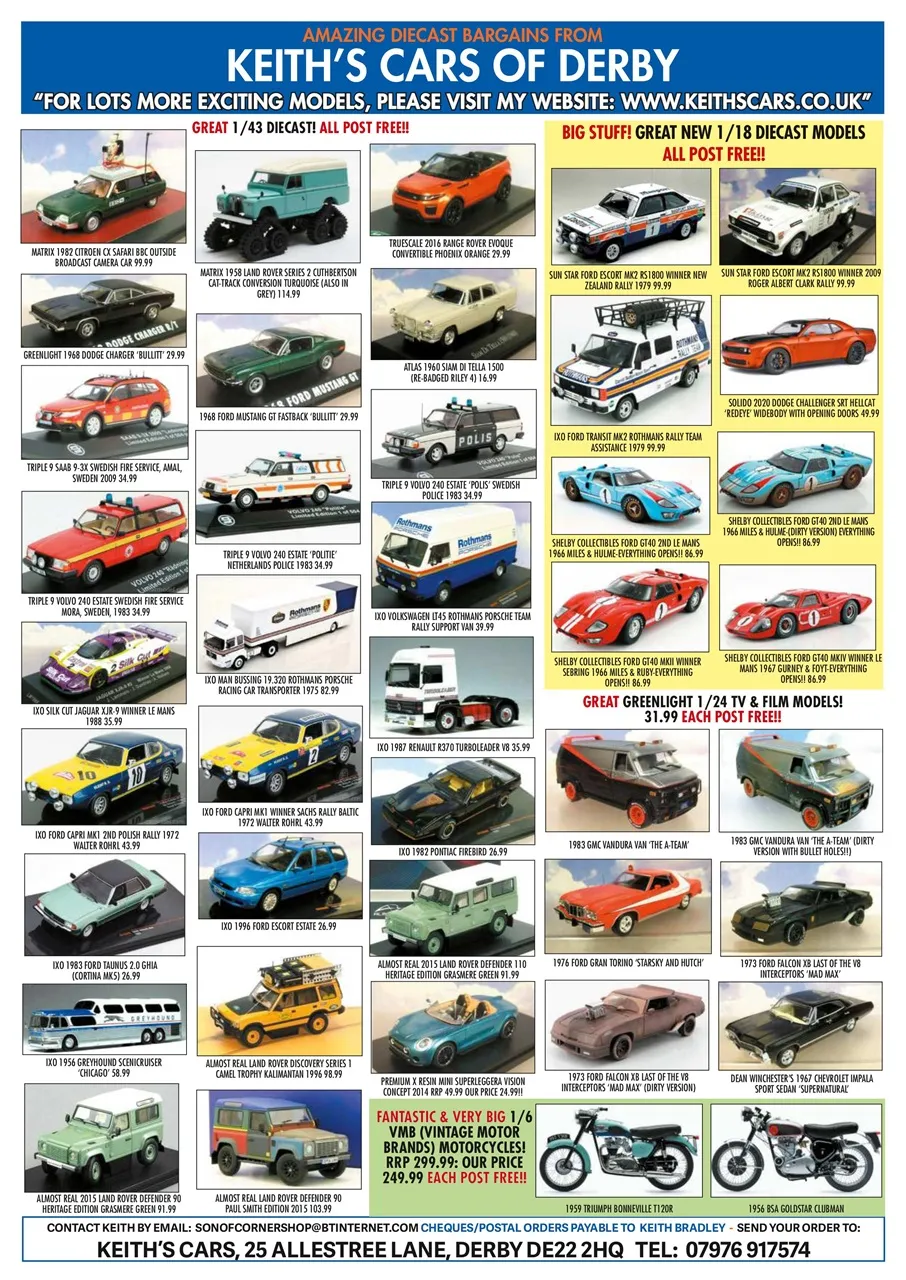
Joining collector groups and online communities provides a platform to connect with other diecast enthusiasts, share information, and expand your knowledge. These groups organize events, share tips, and provide a space to buy, sell, and trade models. Seek out local clubs or online forums that focus on the types of models you collect. Participate in discussions, share your collection, and ask questions. Being a part of these communities is a fantastic way to learn, find rare models, and build lasting friendships. These groups can provide valuable support, guidance, and camaraderie as you pursue your passion for diecast collecting.
Protecting Your Purchases
Protecting your purchases is essential to preserve your investments. Immediately after the fair, ensure your models are safely transported. Consider storing your models in a secure, climate-controlled environment away from direct sunlight and extreme temperatures. Use protective cases or display cabinets to shield your models from dust, damage, and theft. Regularly clean your models to maintain their appearance, and avoid using harsh chemicals. Document your collection with photos and detailed records, including the model’s value, condition, and purchase date. Proper care and storage will keep your collection in great condition.
Safe Transport
Safe transport is a vital part of protecting your new diecast models. When packing the models for transport, wrap them individually in bubble wrap or soft tissue paper. Place them in a sturdy box and cushion them with packing peanuts or crumpled paper to prevent movement. Consider carrying the box in your lap or on the floor of your vehicle, avoiding the trunk, where temperature fluctuations can be extreme. If you are shipping your models, choose a reputable carrier and ensure the package is insured. When transporting your models, keep them safe to prevent damage during transit.
Storage Solutions
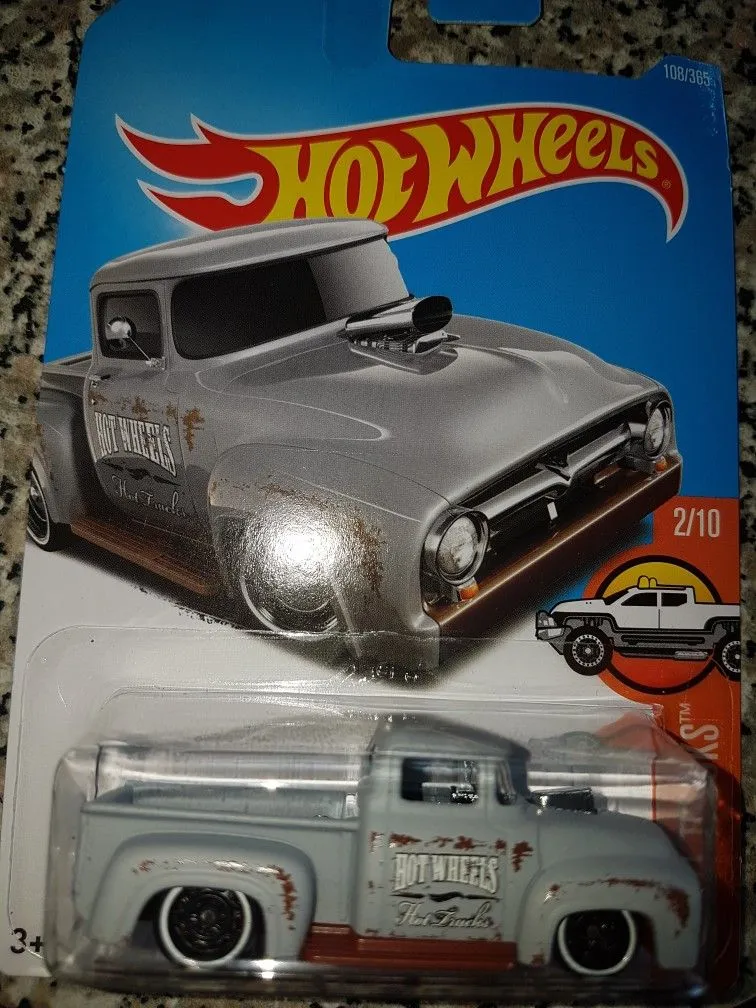
Proper storage is essential to preserve the condition and value of your diecast models. Store your models in a cool, dry place, away from direct sunlight and extreme temperatures. Use protective cases or display cabinets to shield your models from dust, moisture, and accidental damage. Avoid storing models in attics or basements, where temperature and humidity levels fluctuate. Consider using acid-free tissue paper to wrap your models individually to prevent scratches. Display your models in a way that allows you to admire them while protecting them from damage. With proper storage, your diecast models will stay in top condition.
